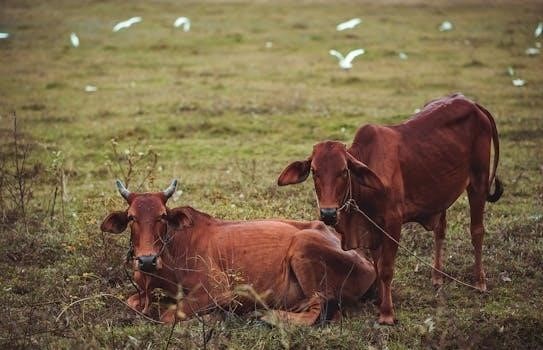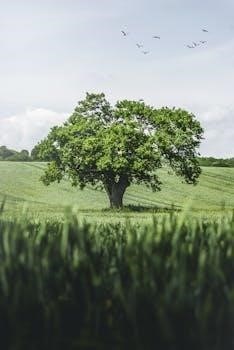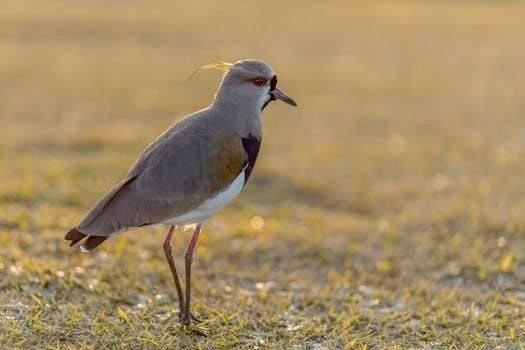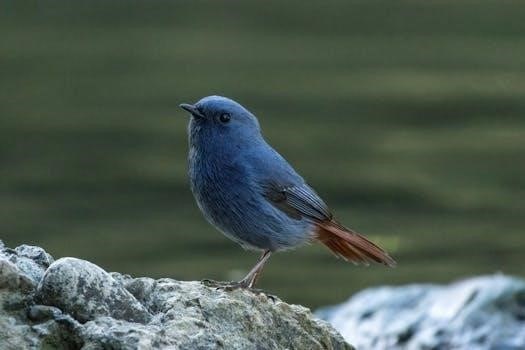Colorado, a western U.S. state, boasts diverse habitats, making it a haven for birdwatchers. With 519 documented species, this field guide will help you navigate Colorado’s birdlife. From mountains to plains, discover the birds of Colorado!
Birdwatching in Colorado offers an unparalleled experience due to the state’s diverse habitats and abundant bird species. Whether you’re a novice or experienced birder, the joy of observing birds is accessible to all. Focus on observing their behavior and field marks to improve identification skills. You don’t need to be an expert to appreciate the beauty around you. Colorado is home to hundreds of bird species. Grab your binoculars and prepare to explore the avian wonders of Colorado! Remember that spending time observing birds is the best way to improve your identification skills.
Colorado’s Diverse Bird Habitats
Colorado is a natural beauty hub, with diverse habitats. These include mountains, forests, grasslands, and canyons. These habitats create unique environments that are perfect for bird enthusiasts.
Mountains
The mountains of Colorado provide a unique habitat for various bird species. Here, you can find the majestic Golden Eagle, the largest bird in Colorado, soaring high above. These birds of prey utilize the mountainous terrain for nesting and hunting. Other birds include other eagle and hawk species, that count among the big birds living here, making the mountains a prime location for birdwatching.
Forests
Colorado’s verdant forests are home to a diverse range of bird species. Among the smaller birds, the black-capped chickadee can be found flitting among the trees. The forests provide shelter and ample food resources for these birds. Bird song is a fulfilling hobby that fosters a deeper connection with nature and promotes mindfulness. Spend time observing birds in the forests to improve your identification skills.
Grasslands and Plains
The expansive grasslands and plains of Colorado offer a unique habitat for various bird species. The Lark Bunting, Colorado’s state bird, arrives in April to the plains. Other common feeder birds in Colorado include sparrows, finches, siskins, goldfinches, grosbeaks, and juncos. These open areas provide ample space for foraging and nesting. Bird song is a fulfilling hobby that fosters a deeper connection with nature and promotes mindfulness.
Canyons
Colorado’s deep canyons provide shelter and nesting sites for a variety of bird species. The unique geological formations create microclimates that support diverse avian life; Raptors, such as eagles and hawks, often soar above the canyon rims, utilizing the thermal updrafts for hunting. Smaller birds find refuge in the canyon walls, building nests in crevices and ledges. Bird song is a fulfilling hobby that fosters a deeper connection with nature and promotes mindfulness.

Identifying Common Birds
Learn to identify common Colorado birds! The American Robin, House Finch, and Mourning Dove are frequently seen. This section provides tips and descriptions to help distinguish these familiar species in their natural habitats.
Mourning Dove
Mourning Doves (Zenaida macroura) are common, beautiful birds with chubby bodies and long, pointed tails. Their plumage is a soft, muted gray-brown on their backs and wings. The underparts display lighter, buff-colored feathers. They are small and plump, with slender necks.
These doves are widespread throughout Colorado, commonly seen in urban areas, farmlands, and open woodlands. Listen for their characteristic mournful cooing sound, a familiar sound in Colorado’s landscapes.
Look for them foraging on the ground for seeds or perched on telephone wires. They are year-round residents in many parts of Colorado.
House Finch
House Finches are key species for identification, about 6 inches from bill tip to tail. They are larger than goldfinches and chickadees; Male House Finches often exhibit a reddish head and breast, while females have more subdued, streaky brown plumage.
These finches are year-round residents throughout most of Colorado, absent in far northeastern parts of the state. They are commonly observed at bird feeders, parks, and suburban gardens.
House Finches are social birds, often seen in flocks. Listen for their cheerful, warbling songs. They readily adapt to human-altered environments.
American Robin
The American Robin is a familiar sight across Colorado. Often voted the most common bird, its cheerful song fills suburban parks and gardens. They are medium-sized birds with a reddish-orange breast, gray back, and dark head.
Robins are ground feeders, frequently seen hopping across lawns searching for earthworms. They build cup-shaped nests in trees or shrubs. Their presence indicates a healthy ecosystem.
These birds are adaptable and thrive in various habitats, from forests to urban areas. Spotting an American Robin is a classic sign of spring. Their calls are easily recognizable.

Colorado’s State Bird
The Lark Bunting, chosen in 1931, proudly represents Colorado. This migratory bird arrives in April to the plains. It’s an unlikely winner that edged out the Mountain Bluebird and Western Meadowlark for the honor.
Lark Bunting
The Lark Bunting (Calamospiza melanocorys) holds the distinction of being Colorado’s state bird, a title it has held since 1931. These birds are migrants, gracing Colorado’s plains with their presence starting in April. The selection of the Lark Bunting was quite the competition, as it was up against strong contenders such as the Mountain Bluebird and the Western Meadowlark.
Despite being an ‘unlikely bird’, it emerged victorious, capturing the hearts of Coloradans. During breeding season, male Lark Buntings sport a striking black plumage with white wing patches.
Largest and Rarest Birds
Colorado is home to birds of varying sizes, from the smallest hummingbird to the largest Golden Eagle. The Gunnison Sage-Grouse is one of the rarest birds. This section explores these magnificent and unique birds of Colorado.
Golden Eagle
The Golden Eagle is a majestic bird of prey and reigns as the largest bird in Colorado. These powerful raptors soar over mountains and grasslands, hunting with keen eyesight and sharp talons. Their impressive wingspan and regal appearance make them a symbol of wild Colorado. They play a crucial role in the ecosystem, maintaining balance through predation. Spotting a Golden Eagle in flight is an unforgettable experience. Keep an eye out for these apex predators in open country. They are truly magnificent birds.
Gunnison Sage Grouse
The Gunnison Sage Grouse is among the rarest birds in Colorado, facing significant conservation challenges. This unique species inhabits the sagebrush landscapes of southwestern Colorado. Its elaborate courtship displays, performed on leks, are a sight to behold but are increasingly threatened by habitat loss and fragmentation. Conservation efforts are critical to ensuring the survival of the Gunnison Sage Grouse. Protecting their sagebrush habitat is crucial for their future. These birds need our help to thrive in Colorado.

Bird Identification Apps and Resources
Cornell’s Merlin Bird ID app offers a streamlined way for birdwatchers to quickly identify birds. The app is helpful for novices or experienced birders, by the Cornell Lab of Ornithology.
Cornell’s Merlin Bird ID App
Cornell’s Merlin Bird ID app offers a streamlined approach to bird identification, catering to both novice and experienced birdwatchers. Developed by the Cornell Lab of Ornithology, the app assists in quick bird identification.
Merlin provides customized results based on location and date, enhancing accuracy. It also offers photo and sound identification tools, making birding accessible and enjoyable. The app supports a deeper connection with nature, promoting mindfulness through the hobby of identifying birds by their songs, and sightings.

Conservation Efforts for Colorado Birds
Conservation efforts are crucial for protecting Colorado’s diverse bird populations. Reducing warming is vital to decrease the vulnerability of many bird species in Colorado. Acting now to cut carbon emissions is essential to stabilize warming.
The Colorado Department of Agriculture (CDA) plays a role in these efforts; Protecting birds from avian viruses and other threats is a key focus. These combined actions support the long-term health and resilience of Colorado’s birdlife, ensuring future generations can enjoy them.
